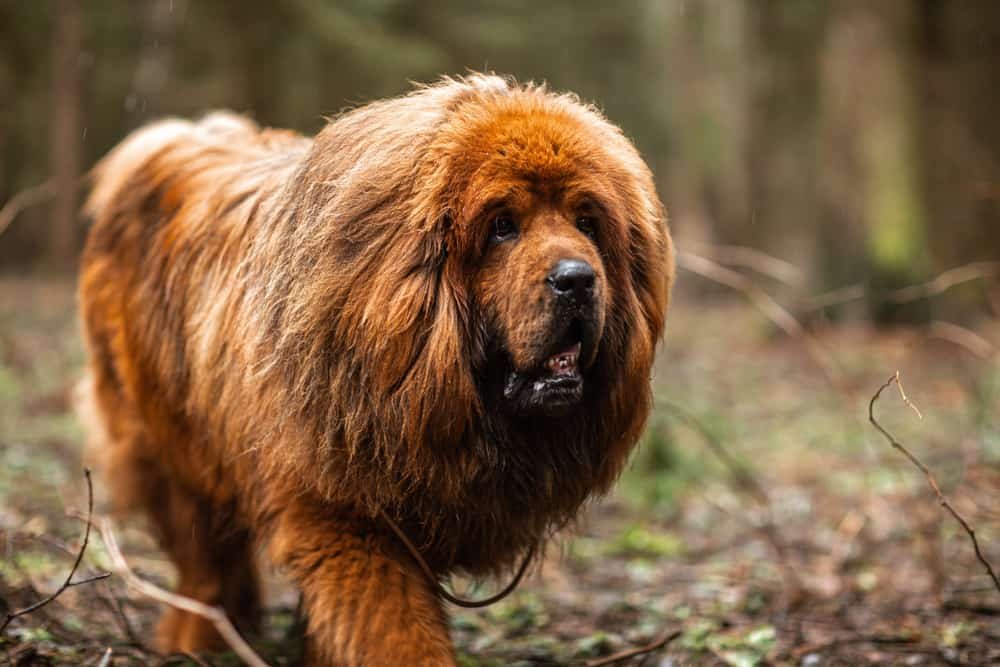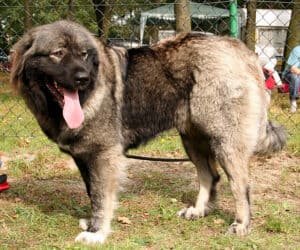Bear Hunting With Dogs - An Insider's Guide
For generations, the primal connection between humans and their trusty canine companions has been a cornerstone of numerous hunting traditions. Among these, the pursuit of bears with the assistance of dogs stands as a testament to the strategic alliance between humans and their four-legged partners. In this blog we are going to discuss hunting bear with dogs.
Rooted in ancient practices and shaped by cultural heritage, bear hunting with dogs is a complex endeavor that blends skills, instincts, and respect for the wild. In this exploration, we embark on a journey through time and terrain, uncovering the intricacies of this venerable hunting practice that has persisted across eras and landscapes.
From the bond forged between hunter and hound to the controversial debates it stirs, join us in unraveling the captivating world of hunting bears with dogs.
The Tradition of Bear Hunting with Dogs
Bear hunting with dogs is a method steeped in tradition, tracing centuries across various cultures and continents. Utilizing the canine’s acute sense of smell, speed, and agility, hunters have long relied on their four-legged companions to track and tree bears. While the primary aim isn’t always to kill the bear but rather to challenge oneself against nature’s prowess, the hunt requires great skill, patience, and understanding of both bears and dogs.
Roles and Breeds of Dogs in Bear Hunting
Not all dogs are suited for bear hunting; specific breeds have been refined for this purpose over generations. The Plott Hound, Blue Tick Coonhound, and the Black and Tan Coonhound are some of the preferred breeds, prized for their relentless tracking abilities and courage in the face of such a formidable quarry. Generally, dogs in a bear hunt are categorized by their roles: the strike dog, which picks up the initial scent and starts the chase; the chase or running dogs that keep the bear on the move; and the treeing dogs that force the bear up a tree and hold it there with their cacophonous barking.
Ethics and Controversy
Hunting bears with dogs is not without its detractors. Critics argue that the practice can be stressful and harmful to bears and dogs. A treed bear, cornered and feeling threatened, might retaliate and injure or kill a dog. Moreover, young bears chased by dogs might become separated from their mothers, leading to potential fatalities. However, proponents of the method point out that bear populations in many regions need management, and hunting with dogs is one of the most effective non-lethal methods. They emphasize the bond between hunter and dog, the rigorous training involved, and the emphasis on ethics and sustainability.
Conservation and Regulation
Given the delicate balance of maintaining bear populations and the potential ethical concerns surrounding the hunt, it is heavily regulated in areas where it is still permitted. Licenses are often required, with strict quotas on the number of bears that can be harvested. Some regions even mandate tracking collars on dogs to ensure they can be retrieved after the hunt, preventing lost or stray dogs from becoming threats to wildlife or falling prey.


